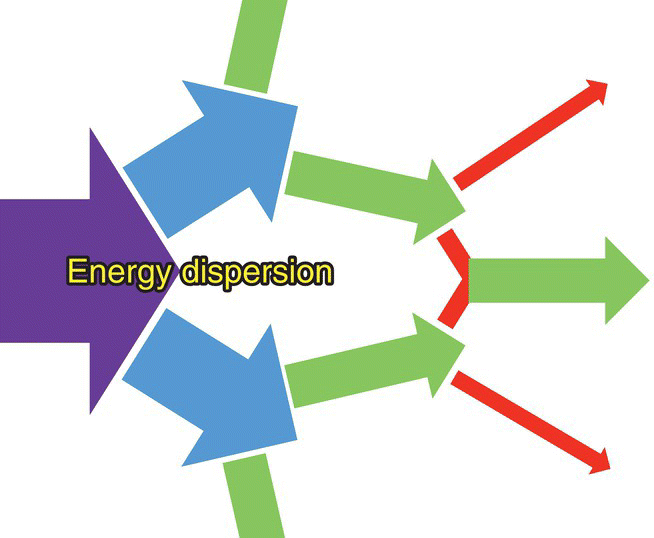1Introduction to Cellular Signal Transduction: The Connection Between a Biological System and Its Surroundings
Jonathan W. Boyd1, Richard R. Neubig2, Alice Han3, and Maren Prediger4
1 Department of Orthopaedics and Department of Physiology and Pharmacology, West Virginia University School of Medicine, Morgantown, WV, USA
2 Department of Pharmacology and Toxicology, Michigan State University, East Lansing, MI, USA
3 Chem Bio & Exposure Sci Team, Pacific Northwest National Laboratory, Richland, WA, USA
4 Institute for Microproductions, Leibniz University, Hannover, Germany
The rate of energy flow governs anabolic processes in chemical and biological systems. When a steady flow of external energy enters into an open system, there is a driving force to assemble mechanisms from available components in order to disperse more energy in the quest for a stationary steady state [1]. The driving force does not distinguish between mechanisms of energy transduction but favors those that disperse energy more efficiently. The mechanisms that effectively distribute energy become temporal repositories of that energy, which allows other mechanisms (i.e. energy dispersal systems) to tap into them, which further enhances energy dispersal and ultimately creates networks (Figure 1.1).

Figure 1.1 Schematic displaying energy dispersion.
A commonplace example of this classic thermodynamic phenomenon is a hot cup ...
Get Cellular Signal Transduction in Toxicology and Pharmacology now with the O’Reilly learning platform.
O’Reilly members experience books, live events, courses curated by job role, and more from O’Reilly and nearly 200 top publishers.

